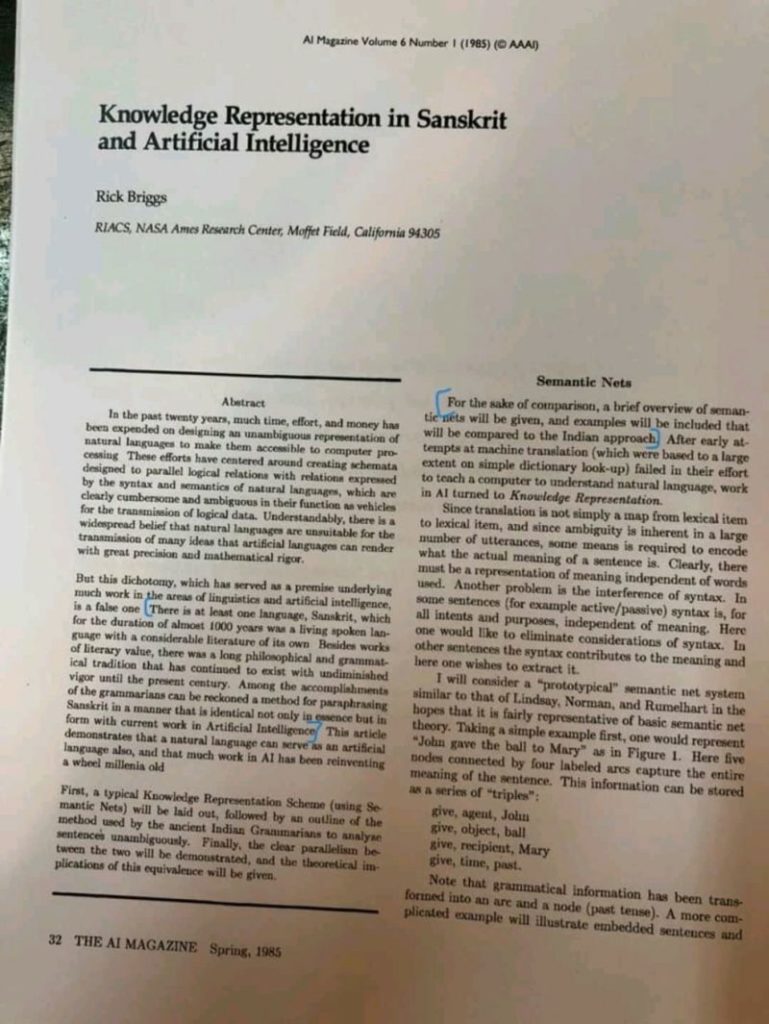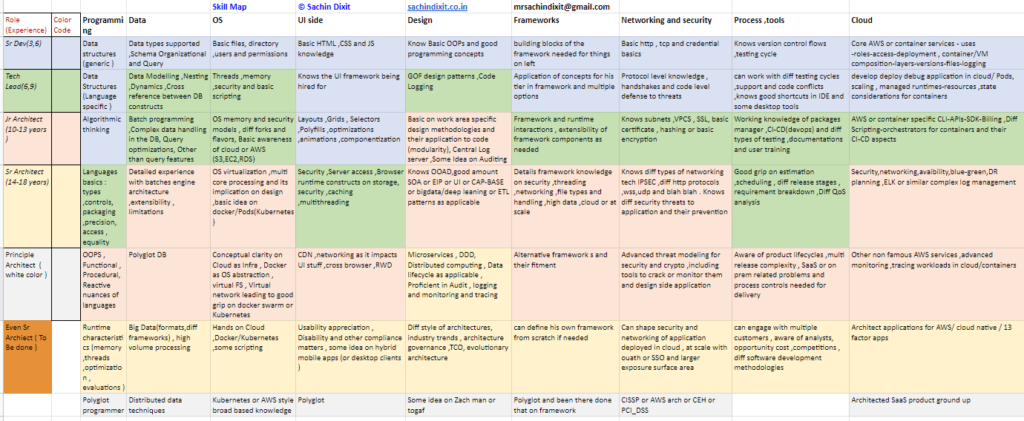The rise and rise of salary offers
If you read popular news articles in India about IT, your would get a picture that everyone is changing jobs .Lately some media house have also started talking about the hikes and how big they are .A lot of these construe that due to covid19 people dint get hikes and now the jump ,or something on these lines .
Enter LinkedIn posts and you see lot of youngsters posting about how they got some offer and they manger to outgrow that with counteroffers .The percentages are huge .
At the same time ,the business newspapers and quarterly results hardly talk of huge contracts coming their way. How does then one connect this and form the coherent picture ?
The dollar peg of Indian IT salaries is off now
In a globalized business it is hardly a surprise that exchange rates come into picture when deciding employee salaries .However in the initial decades it was the IT services that defined job market. It also brought billing rates with it .The rates were ,generally linked to roles and designations . It also meant the hikes and promotion were aligned to annual results and big hikes came your way when roles changed . This is so fundamental to us that our hiring-retention discussion still center around this .
It is not an exact year but around 2008ish is when the captive unit movement started in India. This was first instance of that billing rate foundation was shaken .More or less .But the exchange rates still remained in background .
By next 10 years .To put a precise date , around the time Flipkart and Ola happened in India we had mass scale recruiters that the foundation of dollar peg was taken off. The more and more build for yourself software companies open here, the more prominent this trend is .
Covid19 or Buzzing startup : Where is the tipping point ?
Of course the startup scene in India is maturing .Do we then conclude that this alone is causing the scale of salaries in job offers to rise suddenly ? A buzzing economy does cause good hikes in salary , we saw that in 2003-2007 . So does post social shocks , like the hikes in 2011-2014 era. But that does not explain the suddenness .Nor do LinkedIn posts mentioned above say that everyone is jumping to startups .
It would be useful to consider other social-human aspects that covid19 brought to us.
- Onsite is less lucrative : The main hidden attraction in services companies was onsite posting .Covid 19 has made it look less attractive or even bad choice . So any market worthy candidate is now forced to discover his native-local worth .
- Subtle Social pressure is off : In absence of a survey , it would be difficult to guess the contribution of office atmosphere into long stays at companies .But this is important factor why people stay .Your friend circle ,the lifestyle keep people hooked .In some cases an inspiring or imposing boss contributed . In some cases your yesterdays bug or mistake made you push thinking about career to next day. And the main factor is formal arguments .There are many formalized workplace related arguments and anecdotes about satisfaction ,purpose and all that worked in formal work place .A lot of them meant different thing when you sit at home in lockdown. In some cases people told me they laughed at these stuff now.
- Family time reality check : There is big value that we attribute to continuity. This is one invisible force that keep people into same circles .In many cases semi urban rural families thought greatly of the work, workplace, companies .Working from home brought the reality check .The long calls ,shouting bosses and hours of hunch back coding on sofa looked different to them .Of course some must also be touched by care shown by companies during covid times .But the rosy picture that you have a IT-working kid that is very attractive in marriage market is realistic . The cost of the salary is obvious to them now. In some cases either families or individuals also got space and time to consider alternative careers .
All of above factor lead to an individuals who are well reflected about basics , bolder about their demands , gusty about the bargains demanding sharper differentiation . The LinkedIn post you see about counter offers are from such people who have market value !
The aftereffect we need to be aware of
My old friend the other say forecasted that this trend will not sustain .As of there is some alignment in poverty and forces of nature .One even said that later these companies will fire them or give 1 % hike .Any such comment ,reasonable or not misses the fact that hiring companies are also rational actors.
When we postulate that dollar peg of Indian IT salaries is off ,we must also consider that the talent peg is now global . Increased remote work and more startup had to have this effect. So the net result is that not only salaries but the skill demands are also catching up with global peers (emphasis is on skill demands as opposed to skill levels).
This is not to say that local talent was lesser .It is just that both factors are in sync .Looks like they will remain in sync. This needs some consideration by career minded people .
When we talked of billing rate dominated -pyramid workplace .We dint talk of a work place where skill levels where matched to client needs .In many cases the skill range was narrow ,in some cases it was not latest and in some cases it even allowed people to hide behind the pyramid without having good skills .
The movement from waterfall to agile in many cases exposed this .It is thus no wonder that agile and reskilling became buzzwords around the same time in India .How ever this far the the skill demands and salaries where not rising in sync.
I would like to postulate that now they are .This means that not only the skill levels will have to be globally competitive but also that the onus will now be more on individuals to stay on the edge of competitiveness .Proven and impressive hands on skills are already the norm in Indian IT hiring .This might also get into zone of industry leading talent levels .If the salary curves are to sustain and grow across years , aspiring candidates might be also judged on their tech-though leadership . Say open source contribution or patents or research papers would become norm. Ones teaching technology on professional platform or with books on their names .Even difference of opinion on established technology norms count as positive !
All of this is actually is good news for the community as well as the industry and the individual .We are looking at fitter techies who are well paid, can lead the agile trains, deliver industry leading work. Its win-win-win .
The only looser might be candidate who think that they are outsmarting the industry by squeezing the “hot market”.
In reality there is no hot market .All we have is market demanding top skills and able and willing to pay top rupee for it .Have good next decade Geeks !

